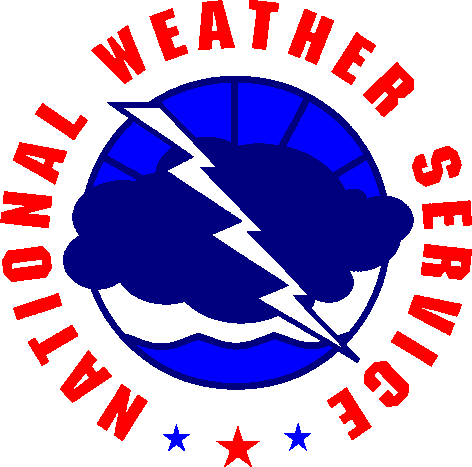Alerts
Current ConditionsThere are no restrictions in effect above and beyond standard park regulations related to wood campfires, charcoal, and other open flames. For more details, visit page 22 of the Superintendent's Compendium. 2025 seasonal trail closuresTo help keep both visitors and Search and Rescue staff safe during the dangerously high temperature summer months, Lake Mead National Recreation Area institutes annual seasonal closures to certain strenuous trails. The closures will be lifted once the daytime high temperature forecast for Willow Beach is below 93 degrees Fahrenheit (34 degrees Celsius), which usually happens by late September or early October.
Declining water levels due to climate change and 20 years of ongoing drought have reshaped the park’s shorelines. As Lake Mead continues to recede, extending launch ramps becomes more difficult and more expensive due to the topography and projected decline in water levels. Lake Mead National Recreation Area encourages visitors to plan ahead and stay informed by checking current conditions and alerts. Current Daily Water Levels for Lake Mead and Lake Mohave (Bureau of Reclamation)
|
Last updated: September 23, 2025

